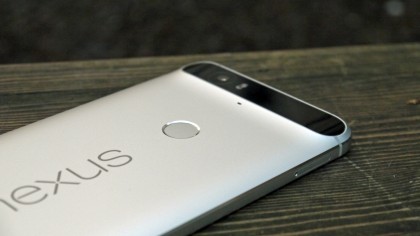Why you can trust TechRadar
The Nexus 6P camera, along with the Nexus 5X, is the best of any Nexus phone, Google said to no one's surprise. After all, we only saw subpar results from the Nexus 5 and Nexus 6.
What's different here is that the 12.3MP Nexus 6P rear camera captures 1.55-micron pixels, which is larger than the normal 1.4 microns. Translation? Bigger pixels and more light captured.
This allows me to take superior indoor photos, especially in low-light situations like restaurants, bars and outdoors after dark. I'm pleased with the results compared to older Nexus phones.

This isn't to say that the Nexus 6P camera is always better or brighter than the Samsung Galaxy Note 5, LG G4, iPhone 6S Plus and Moto X Style I awkwardly carry around.
It's also identical to the 12.3MP Nexus 5X camera sensor, save for processing speeds. I had to double check the files when comparing my photos to make sure I didn't load the same ones.
Both new Nexus phones lack optical image stabilization (OIS) and the nifty camera software that is offered by Samsung and LG.

You won't find options to shoot in RAW, gesture controls to snap selfies without touching the display or software-manipulated wide selfies for group shots.
Sign up for breaking news, reviews, opinion, top tech deals, and more.
Google, to its credit, has improved its default camera software in a year's time. You can switch between the front- and rear-facing camera with just one tap instead of two confusing taps.
You can also set the timer with one press, too, and turn on video recording with an easy swipe. This Nexus 6P camera records video in 4K at 30 frames per second, while the front-facing camera is 8MP with the normal 1.4 microns and the same f/2.0 aperture.
In fact, the only thing hidden in a side menu are returning modes: Lens Blur, Panoramic and Photosphere.
This is where Google's camera failed to impress me more than Samsung's Galaxy Note 5, as much as I saw impressive results from both. The extra modes and post-production processing found in recent Samsung phones is still top-notch, even with the normal 1.4 microns.
Current page: Camera
Prev Page Android 6.0 Marshmallow and apps Next Page Camera samples: close-ups and landscapes
